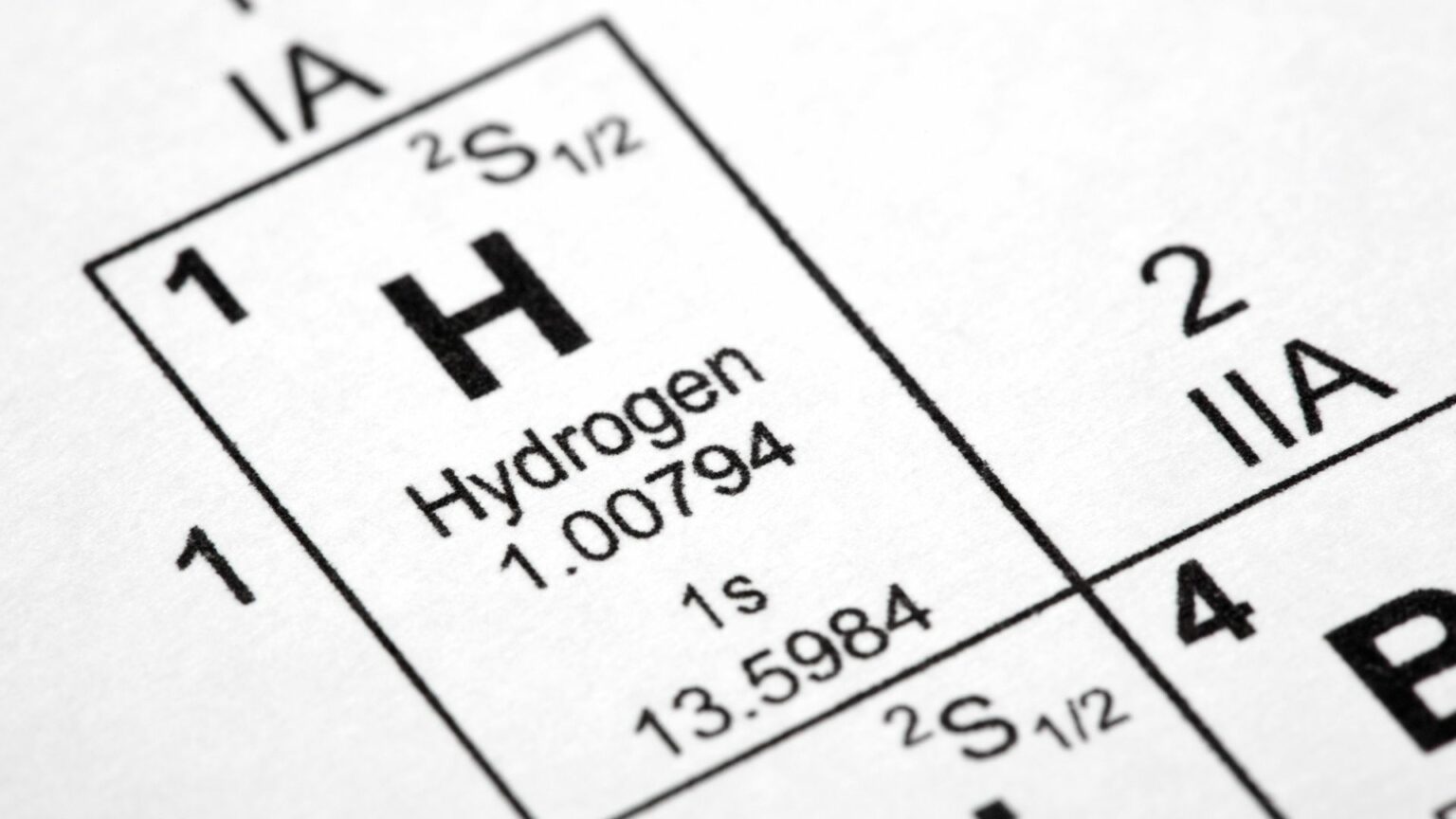Green hydrogen, a potential clean energy carrier of the future, utilizes various renewable energy sources but the unpredictability of solar power output poses significant challenges. This has led to the development of an evaluation technique to ensure the durability of hydrogen production devices under these fluctuations.
Green hydrogen, a clean energy solution, can leverage various renewable energy resources to generate power. Sunlight, being universally available and less dependent on geography, is an attractive choice. However, solar energy has variable output due to factors like weather and seasons, which can cause repetitive flux in power and potentially harm the components in production devices.
Addressing the challenge of component durability, Dr. Bora Seo’s research team at the Korea Institute of Science and Technology’s Hydrogen and Fuel Cell Research Center devised a durability evaluation technique. They used actual solar irradiance data to evaluate hydrogen production devices with step durations as short as one second. This method offers the most accurate simulation of variations in solar energy output. The technique’s findings have been disseminated in the respected journal, Energy & Environmental Science.
Current endurance assessment methods fail to capture the variable nature of solar outputs, often using basic cyclic techniques or maintaining current and voltage. The research team developed a simulation method that converts irradiance values into current densities using actual data from solar panels and water electrolysis stack data. This has dramatically reduced the step duration from ten seconds to one, allowing flux in solar output to be accurately reflected.
The newly developed durability evaluation technique proposes key indicators for the material development of green hydrogen production devices. These guidelines will be beneficial for developing materials and components to augment the durability and performance of these devices.
This evaluation method can pinpoint the exact condition of solar-based green hydrogen production devices and predict their remaining lifespan, thereby aiding efficient investments in equipment and boosting competitiveness in materials and components.
Moreover, this technique is expected to be applicable in assessing the performance of green hydrogen production devices based on other renewable energies such as offshore wind and tidal power.
